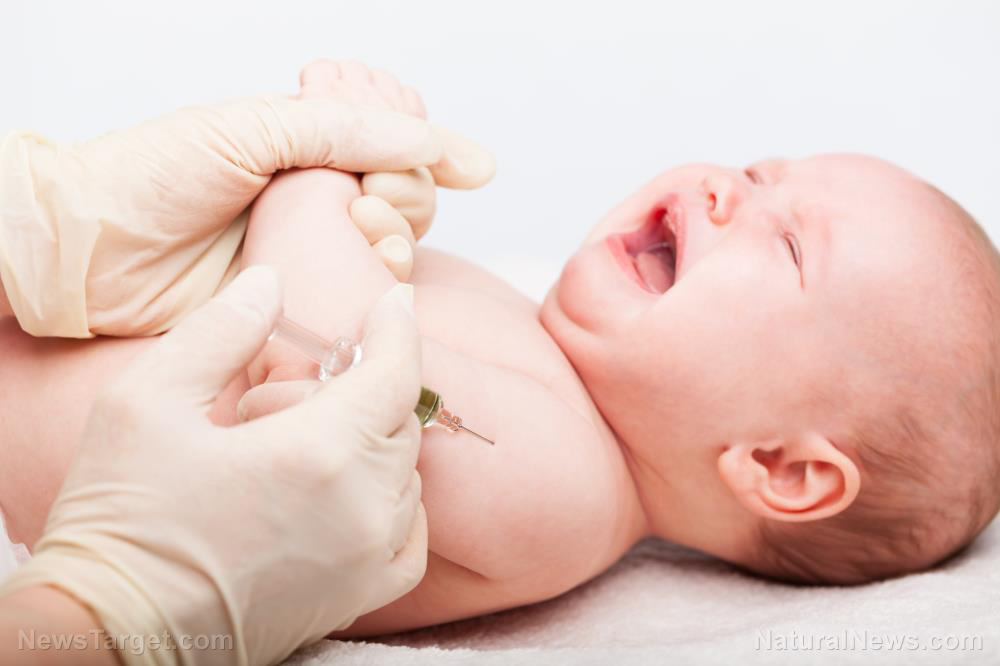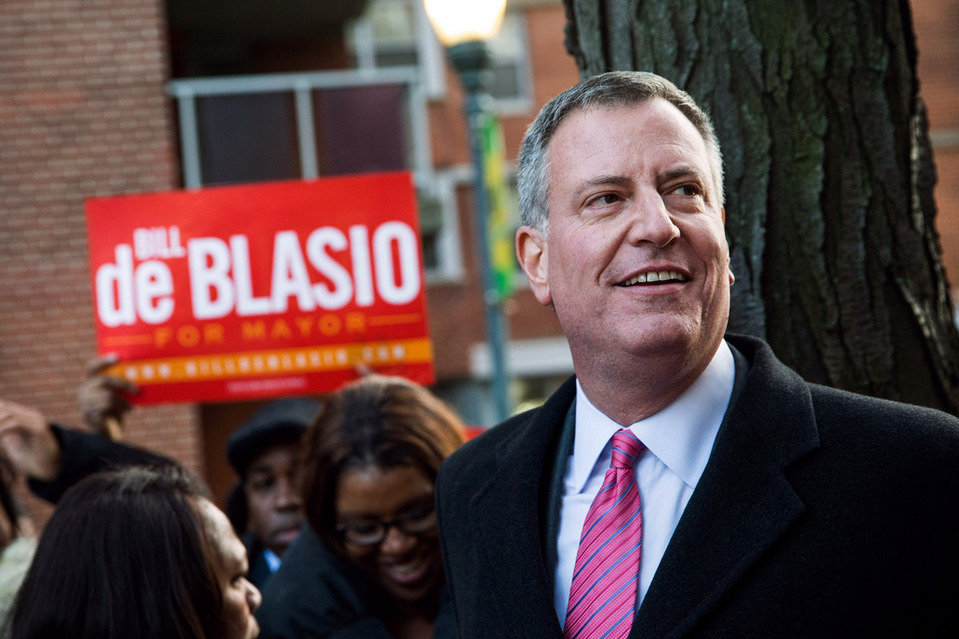Governments warned to stockpile antibiotics to prepare for the coming global pandemic
02/20/2019 / By Ethan Huff

A new report is urging government officials to begin stockpiling antibiotics in preparation for a potential global influenza pandemic, claiming that doing so will ultimately end up saving authorities tens of billions of dollars.
The first study yet to model the financial value of stockpiling antibiotics, the analysis claims that the world can save between $3 and $4 billion simply by preparing now for a worst-case scenario, rather than reacting to it once it arrives.
Somewhere between 50 and 100 million people are said to have died during the 1918 Spanish flu pandemic – not necessarily from the virus itself, but from secondary bacterial infections. Had antibiotics been around at that time, many lives could have been saved, experts claim.
“Most people don’t realise that what kills people during a pandemic is not just an influenza virus, but a secondary bacterial infection,” says Ramanan Laxminarayan, the director of the Center for Disease Dynamics, Economics, and Policy in the United States, and senior author of the new study.
“In many instances we don’t have effective antibiotics, (and) this is a problem that keeps people awake at night.”
For more news about influenza and the potential for another major flu pandemic, be sure to check out Influenza.news.
Laxminarayan says another monstrous flu pandemic is coming soon
Published in the journal Health Economics, the paper’s conclusion is based on a mathematical framework that estimates how much it would likely cost to treat people affected by an influenza pandemic after the fact, versus having antibiotics on hand in advance.
Based on this analysis, the suggestion is for governments to purchase both new and existing antibiotics now, as doing so will save them money in the long run as opposed to the much higher economic costs associated with handling a high death toll following the ravages of a pandemic.
“Make no mistake, it’s inevitable that there will be another flu pandemic – it may happen next year, or in the next 15 years, but it is inevitable and we cannot prevent it,” says Laxminarayan. “There is huge value in stockpiling and withholding antibiotics so we are prepared.”
Part of Laxminarayan’s plan also involves encouraging governments to invest in more antibiotics research, particularly with regards to their long-term potential for treating a future flu pandemic. Doing this would encourage drug companies to develop new antibiotics for such purposes, greatly curtailing the fallout from a pandemic.
“If a framework like this came into being, it would act as a mechanism to drive innovation from drugs companies,” he says. “Antibiotic resistance is a problem on a day to day basis, but it is really during a pandemic influenza that we will see the real scale of the problem. We must prepare.”
Is the “deep state” planning to unleash another flu pandemic?
As we’ve previously reported, the constant tampering with nature that goes on in pharmaceutical laboratories where flu vaccines are made has many people concerned that the next flu pandemic won’t be random and unpredictable, but rather a direct consequence of such activity.
As earlier reported by Yoshihiro Kawaoka, a researcher at the University of Wisconsin – Madison, genetic butchery in the form of flu virus manipulation “may have pandemic potential” – meaning these viruses researchers are playing with in an attempt to develop new vaccines is like playing with fire.
“The work they are doing is absolutely crazy,” Lord May, the United Kingdom’s former chief science advisor, is quoted as saying about all this genetic tampering. “The whole thing is exceedingly dangerous. Yes, there is a danger, but it’s not arising from the viruses out there in the animals, it’s arising from the labs of grossly ambitious people.”
Sources for this article include:
Tagged Under: antibiotic resistance, Antibiotics, Big Pharma, conspiracy, depopulation, Flu, flu pandemic, Flu shots, genetic butchers, infections, influenza, influenza pandemic, outbreak, pandemic, pharmaceuticals, research, Stockpile, Study, vaccine companies, Viruses




















